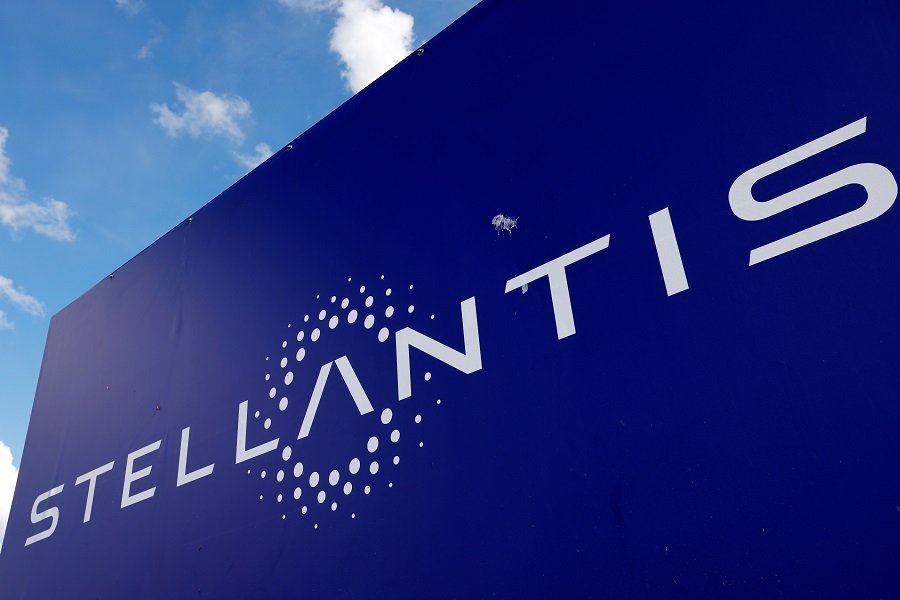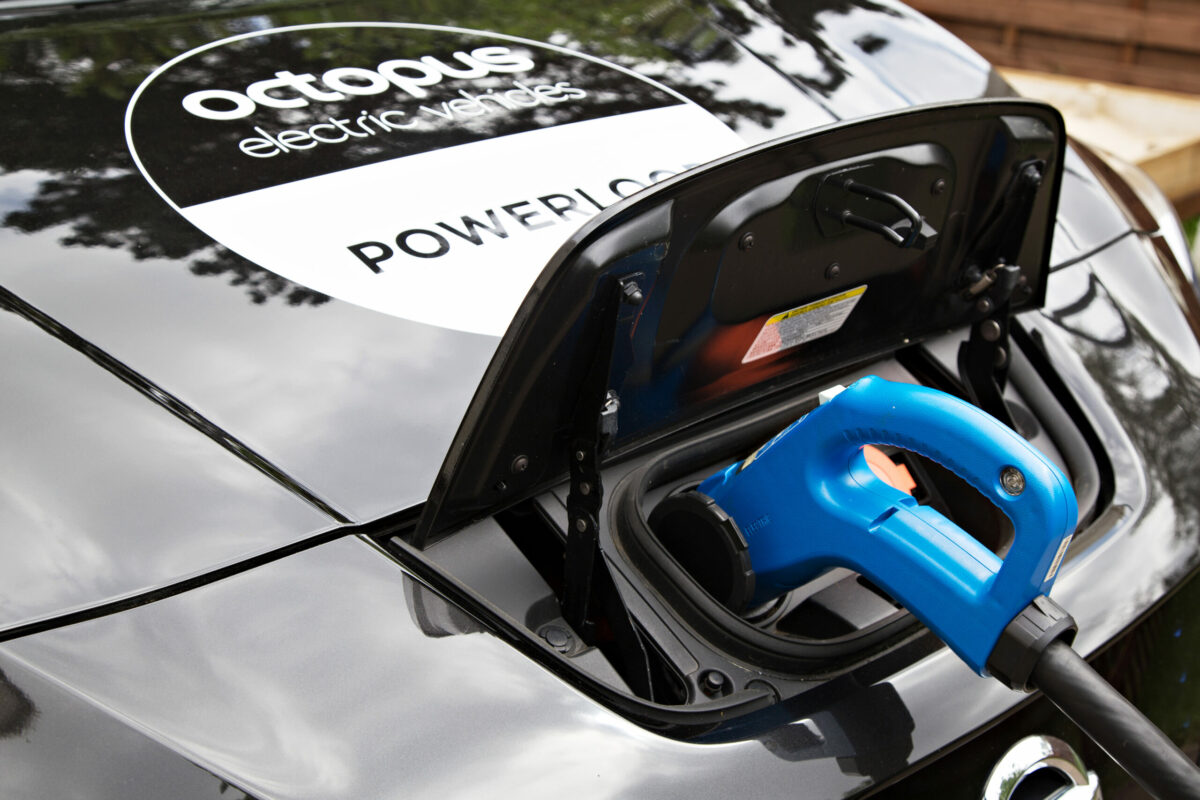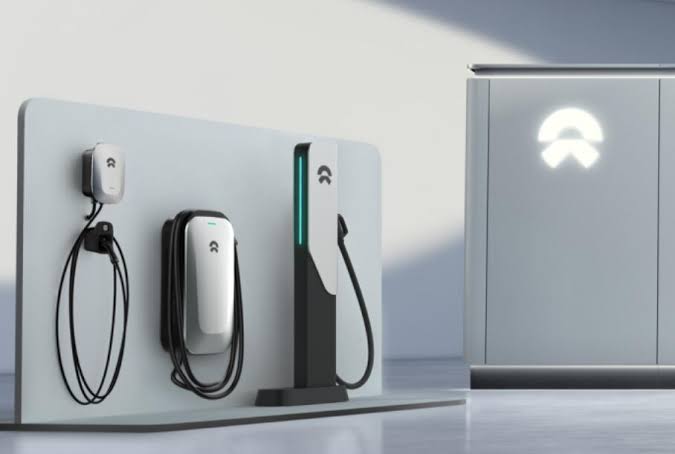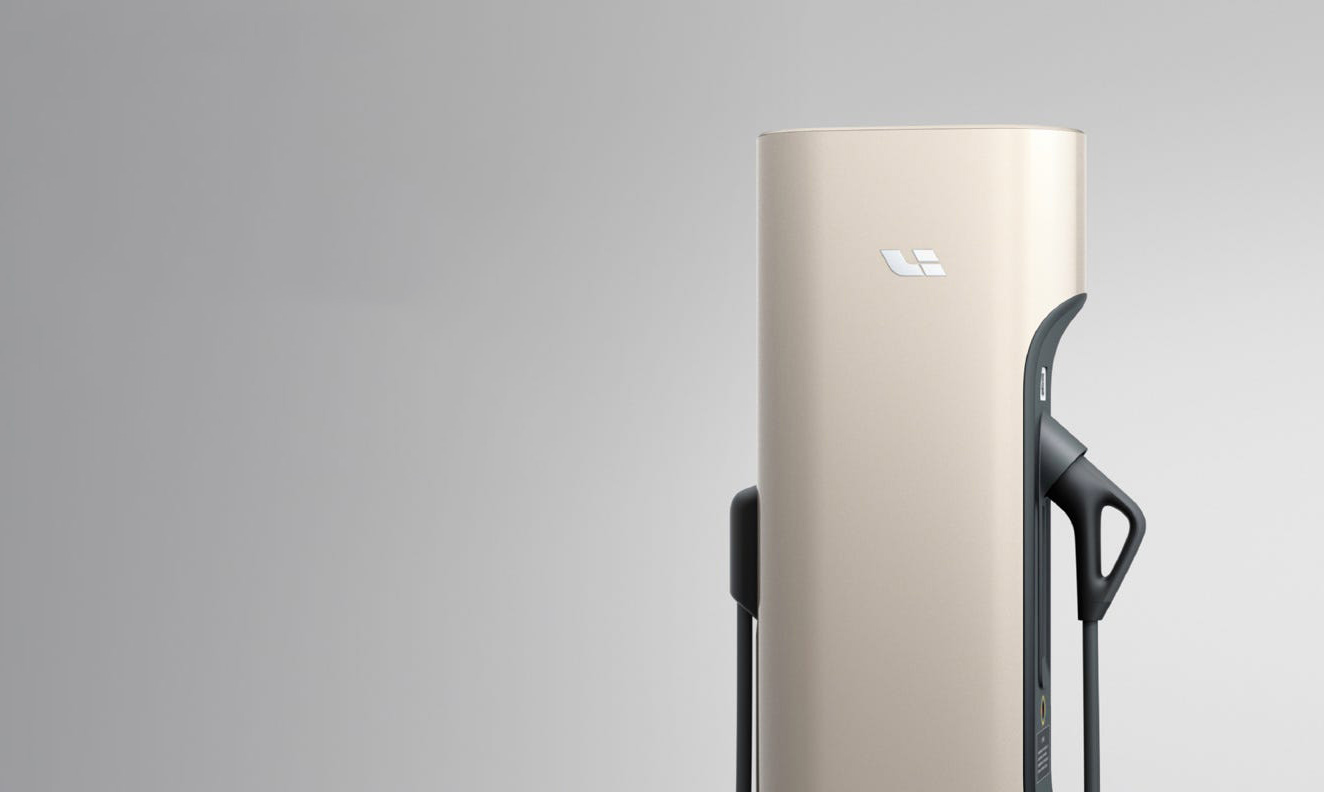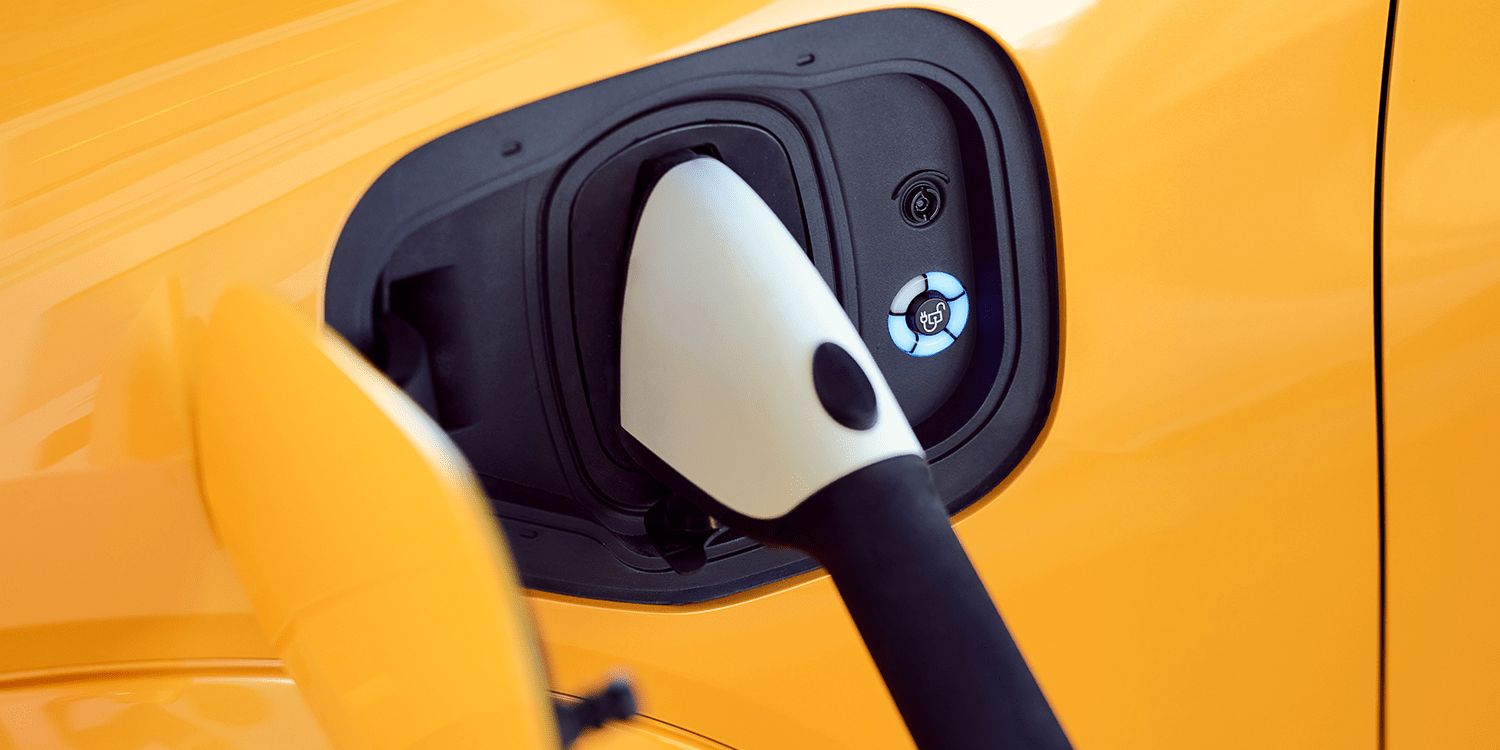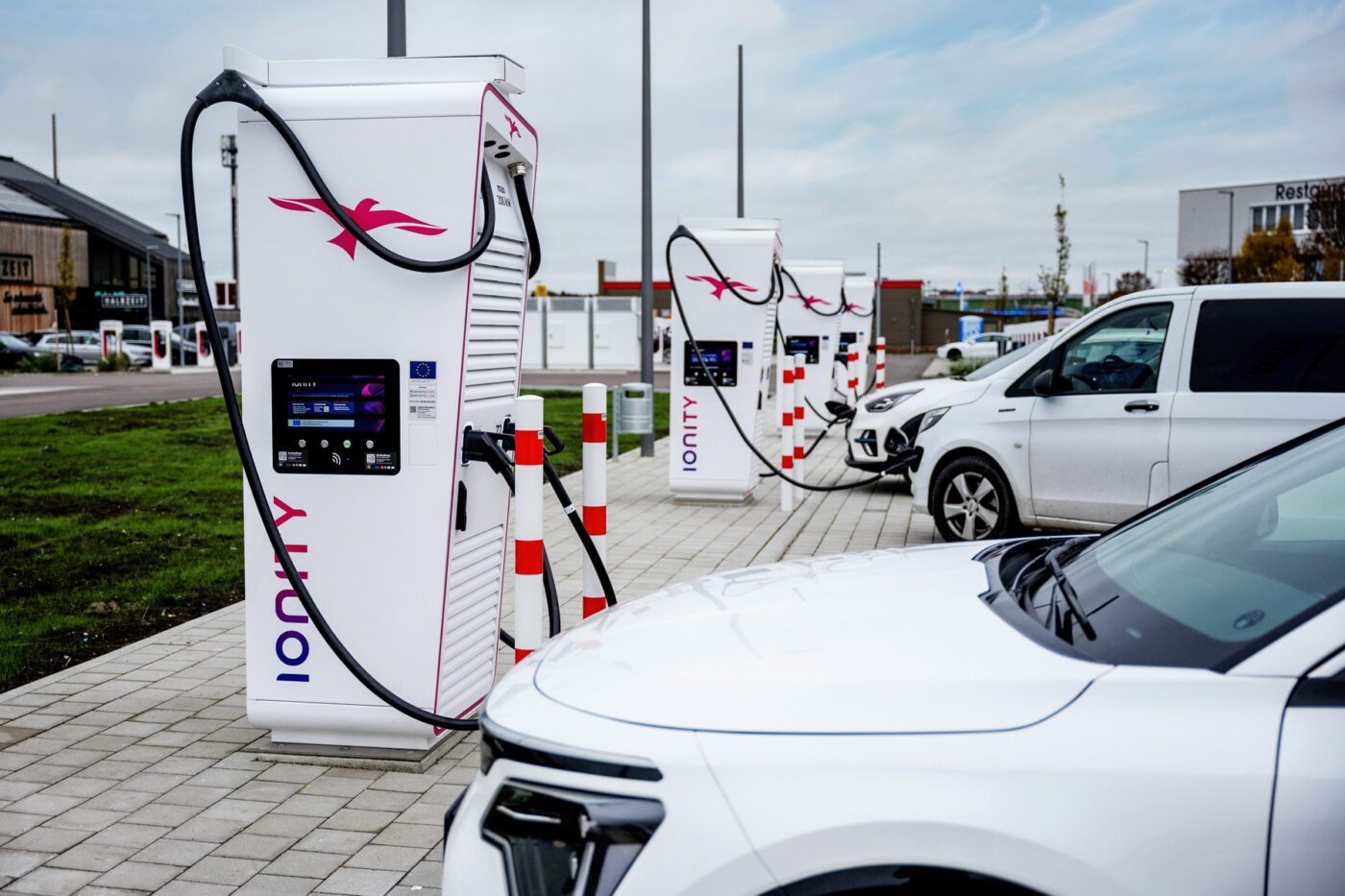Stellantis, the automotive conglomerate, has announced its decision to embrace the North American Charging Standard (NACS) for its upcoming electric vehicles (EVs) in North America. This move follows the industry trend of adopting the NACS, formerly Tesla’s proprietary connector, as the official charging standard in the region.
Initially introduced by Tesla in 2022, the NACS aims to standardize charging infrastructure across North America. While other major automakers, including Ford and GM, had already pledged their support for the NACS, Stellantis had been notably absent from the list of adopters.
Today’s announcement marks Stellantis’ commitment to integrating the upcoming SAE J3400 charging connector, synonymous with the NACS, into select battery-electric vehicle (BEV) models set to launch in North America starting with the 2026 model year.
Of particular interest is Stellantis’ decision to embrace the NACS without explicitly mentioning any agreement with Tesla for access to its Supercharger network. Unlike previous agreements struck between Tesla and other automakers, Stellantis appears to be forgoing a direct deal with Tesla, opting instead to focus on its own charging infrastructure.
While Stellantis acknowledges the potential availability of adapters for accessing Tesla’s Supercharger network, there is no formal agreement in place. The automaker is banking on its newly unveiled IONNA charging network, developed in collaboration with BMW, GM, Honda, Hyundai, Kia, and Mercedes-Benz, to support its EV charging needs in North America.
The IONNA charging network is poised to offer both NACS and CCS connectors, aligning with Stellantis’ adoption of the NACS for its EV lineup. The mention of the IONNA network in Stellantis’ announcement underscores the company’s strategic emphasis on developing its own charging infrastructure.
Stellantis’ decision to embrace the NACS signals a significant step towards standardizing EV charging protocols in North America, while its approach to charging infrastructure reflects a broader trend of automakers investing in proprietary networks.

